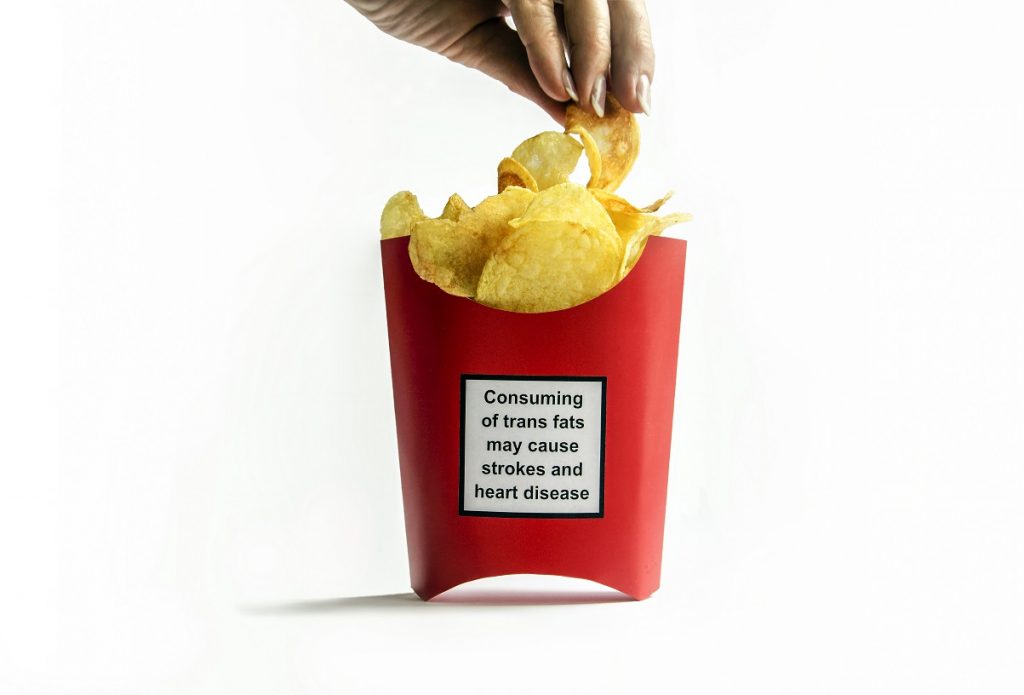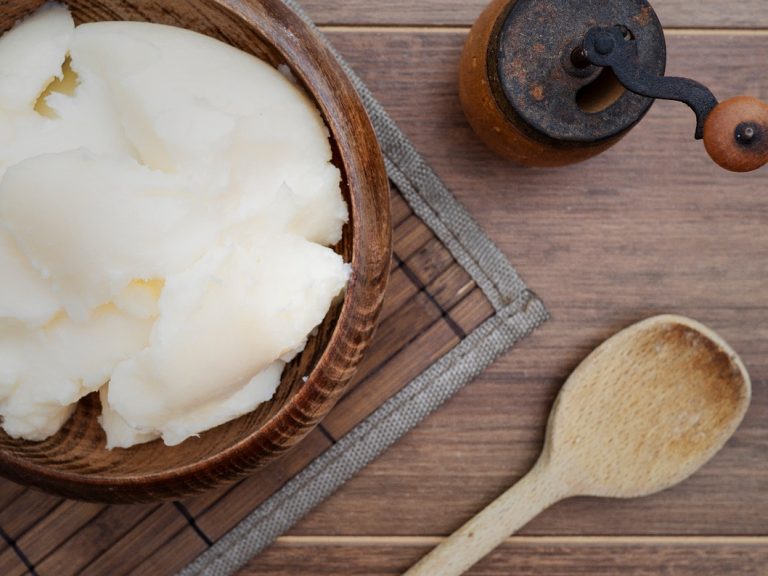Lard has a high caloric value is a highly concentrated source of fat, saturated fatty acids, cholesterol, so it should be avoided by people with heart disease, overweight, obesity and hypercholesterolemia. However, non-hydrogenated lard, compared to hardened vegetable fats, does not contain trans fatty acids, it is also characterized by a lower content of saturated fatty acids and cholesterol and a higher content of unsaturated fatty acids than more commonly used butter.
What is Lard?
Lard is animal fat most commonly obtained from pigs.
Lard was widely consumed in the nineteenth many in Europe and North America. During World War II, due to its lower price, this fat began to be used as a butter substitute. Currently, lard is not as widely used as in the past, it has been replaced by vegetable oils that have gained greater popularity and have been considered healthier than lard. But it is still willingly used in British, Chinese, Central European and Mexican cuisines.
Lard health benefits and production process
Lard is obtained by two methods, wet and dry.
Different parts of the pig are used to obtain lard, which is characterized by high-fat content. Depending on the place of origin of the fat, lard of varying quality is obtained, e.g. lard obtained from visceral fat is classified as lard of the highest quality, which has a neutral taste and is used in bakery and confectionery.
Lard produced by the wet method has a white colour and a more neutral taste than that obtained by the dry method, which takes on a light brown colour.
Lard significantly affects health
Lard is a high-calorie product and consists entirely of fat. It is a concentrated source of energy, which contains mainly monounsaturated and saturated fatty acids and cholesterol.
Due to the high content of saturated fatty acids and cholesterol and high caloric content, lard should be consumed in limited amounts, because the content of animal fats contributes to the risk of overweight, obesity, atherosclerosis and cancer, including colorectal cancer.

Instead of lard, it is worth using vegetable fats, which are a source of polyunsaturated fatty acids, however, it is recommended to eliminate hardened (hydrogenated) vegetable fats like hard margarine and low-quality soft margarine, which are a source of trans fatty acids that are harmful to health.
However, the lipid composition of lard determines its stability at high temperatures, which makes it more resistant to oxidation during frying.
Lard - which lard should you choose?
The lard that is available for sale is most often made of low and high-quality fat blends. In addition, it is hydrogenated, which increases its stability at room temperature, but at the same time makes the lard contain trans fatty acids.
In addition, emulsifiers, antioxidants and whitening substances are often added to the lard, so when buying it, pay attention to the composition on the packaging. The best choice will be lard without additives.
However, the highest quality is characterized by lard from local suppliers or one prepared at home.
How to use Lard in a healthy diet?
Lard is used for frying, cooking and baking cakes. Its addition makes the dough crispy. In addition, lard is added to roasts, pies, black pudding and pate. This fat can also be an additive to bread in combination with salt and pickled cucumbers. The best is the home-made one, most often with the addition of onions, apples, crispy bacon etc.






